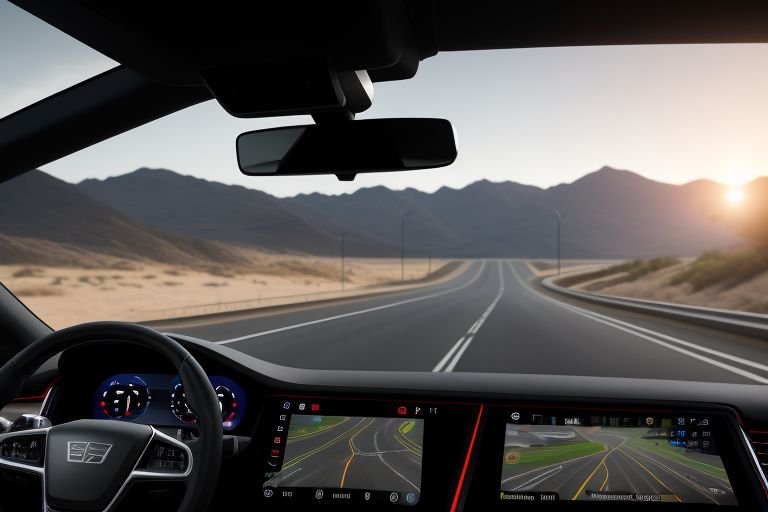
Technology Advances for Self-Driving Cars
Intense competition is set to make fully autonomous cars more of a reality, with recent advances enabling the autonomous car concept to go a step closer to realization. Conventional automotive CEOs and new economy technology moguls and emerging automotive competitors are all clamoring for a slice of cake that is anticipated to be in the order several multiples of trillions of dollars in the ensuing decades.
Of all the recent innovations it is probably the most notable one to have originated from Waymo, Alphabet’s self-driving car division. Recently the company has extended the coverage of fully driverless ride-hailing service to Phoenix, Arizona, and it is launching their self-driving cars in tough competitive urban areas such as San Francisco and New York.
It takes tremendous amount of effort to train the self-driving systems to manage complex traffic scenarios and Waymo has done a great job in proving that it can be done without relying on humans for help.
Not to be outdone Tesla has been consistently releasing updates for Full Self-driving (FSD) Beta program. The current version of FSD that thousands of Tesla owners are using in the United States symbolises enhanced decision maker in several driving situations. Although the system is designed to still need the driver’s input, adaptability in managing complex intersections and in entering the highways has been greatly appreciated by many consumers and experts in the automotive industry.
Many legacy auto makers are also investing exuberantly in the field of autonomy technology. Recently, General Motors’ Cruise received permission to launch its self-driving ride-hailing services in San Francisco in the daytime – a great success for the company. At the same time, the American Ford and the German Volkswagen that are cooperating with AI developer Argo AI Test self-driving cars in several cities and plan to apply them both for transportation hailing and delivery purposes.
Autonomous driving technology does not only accelerate in the automobile industry that focuses on passenger cars. There are signs of rapid advancement in the application of self-driving technology in the environment of trucking industry. They are a few firms such as TuSimple and Plus. self-driving trucks have already performed multistate journeys within the United States with little to no interaction from human beings meaning that autonomous technology is revolutionalizing freight transport.
But going fully autonomous cars also pose some problems. Challenges such as regulation still persist since policymakers face challenges in how to protect the public while at the same time encouraging innovation on the self-driving vehicles.
The recent appointment of a new director of the National Highway Traffic Safety Administration (NHTSA) of USA indicates a likelihood of changes in expansion of autonomous vehicles regulation.
Security issues are also a new issue for the general population. In recent years there has been a number of high-profile collisions involving semi-autonomous cars and this has intensified the concern towards the technology. As a result many automobile firms are deploying more enhanced safety measures and also testing rigorously to win the trust of the people.
Another innovation is promoted due to the creation of autonomous driving technology – the development of technologies in other sectors. This means that in the future, advances into artificial intelligence, machine learning and sensors should increase because of the demands of the self-driving systems. Many applications such as high definition mapping and real time processing require technology such as 5G and edge computing to meet such demands currently.
Thus, with time, the use of autonomous driving technology doesn’t only have to be limited to transportation of persons. Automated cars are now being considered in smart cities to fit into mass transit systems bearing in mind that traffic congestion is rife.
“Mobility as a service” is becoming a trending topic for the future, where the use and control of personal automobiles shall be downsized and replaced with on-demand self-driving services.
This is the best way to explain the economic consequences of commercial availability of autonomous vehicles. Though the technology offers the potential of safer and more efficient movement of people and goods, huge doubts arise concerning the transportation and other related occupations. Authorities and companies are only starting to realize the socioeconomic implications of an extensive adoption of autonomous vehicles.
Therefore, based on the current trend, the future of self-driving cars is in the making with life being developed on the roads. There are, therefore, still many hurdles to overcome, but the advances made by organizations over the automotive and technology industries mean that self-driving cars will have a central place in the way that the world moves forward.
It will therefore be necessary for politicians, businessmen as well as the civilian population to group together and get ready for the change that autonomous cars will bring about in the society.


